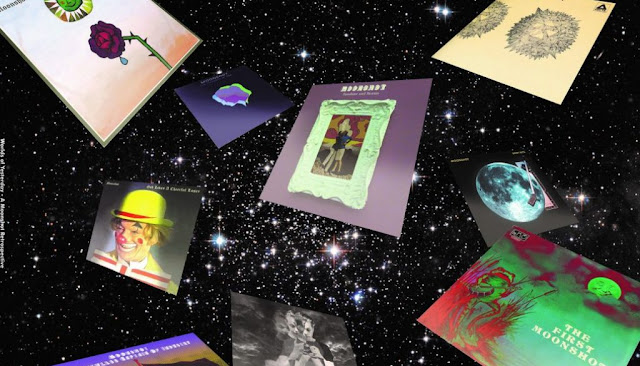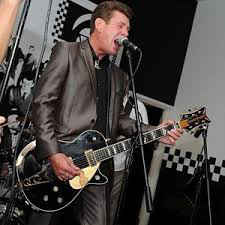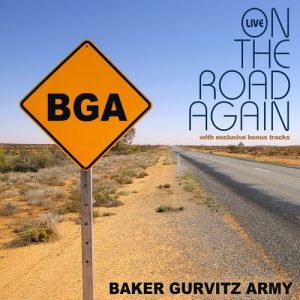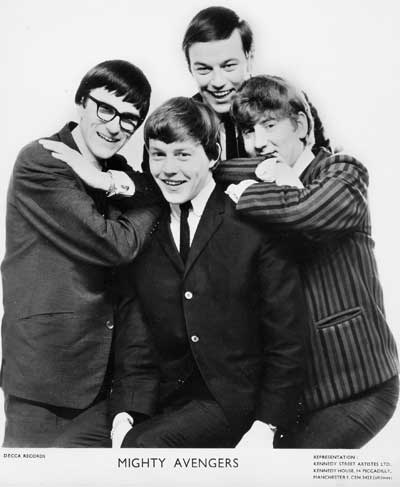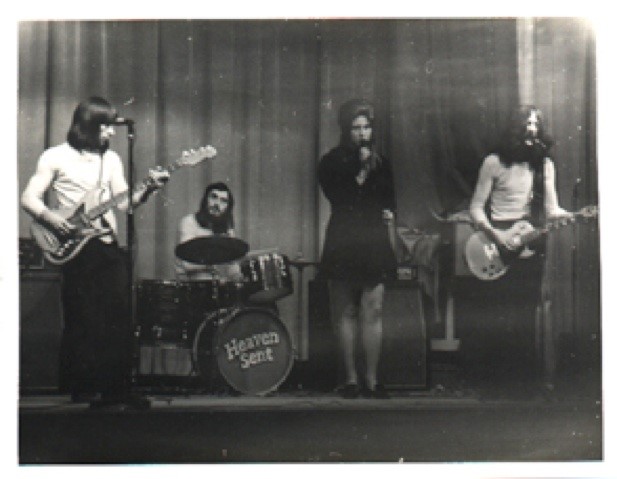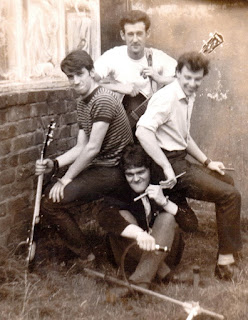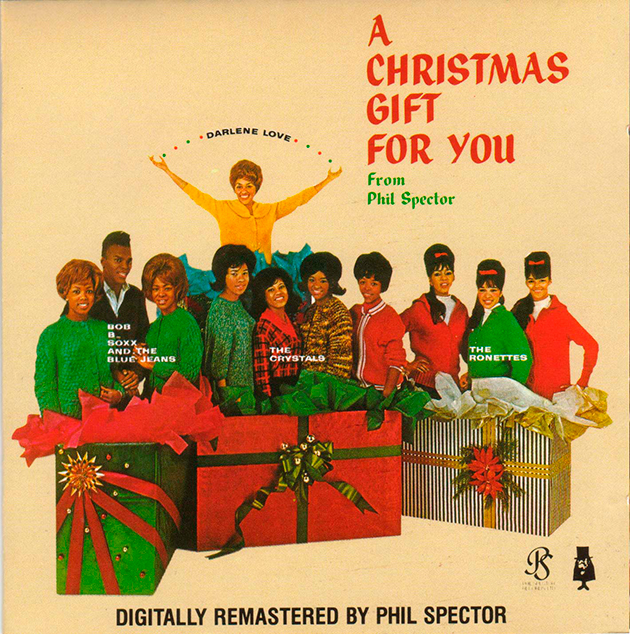We all have an alter ego in us right, starred in our own fictional band maybe?. OK maybe not.
Purple Haze, my own band, were simultaneously reviving and parodying the music of 1960s/70s UK music scene. We began performing in 1967 at the height of the hippie counterculture and achieved national fame after appearing at the Isle of Wight music festival in 1969.
During the 1970s Purple Haze played at, among other places, the Fillmore East and West opening for such bands as the Grateful Dead, The Mothers of Invention and The Kinks. As Purple Haze grew they began headlining at other venues. Once, one of their opening acts was Bruce Springsteen no less. In 1972 Purple Haze was one of just five acts invited by John Lennon and Yoko Ono to perform with them at their One-to-One benefit concert at Madison Square Garden. Subsequently, the group appeared in the 1978 movie The Last Waltz and then reached, perhaps, the height of its success,with its own syndicated television show that featured guest musicians such as Eric Clapton, David Gilmour and David Bowie.
Billing ourselves as ‘from the streets of Coventry’ Purple Haze members were frequently outfitted in gold lame or leather jackets and sported long unkempt hairdos.
Later, towards the end of the 1980s, I discovered that ‘real musicians’ had similar visions albeit far more ambitious than my own. Steven Wilson, for example, had put a band together whose members included Mr. Jelly on bass, Sebastian Tweetle-Blampton the Third on electronics and acoustic guitar, Timothy Tadpole-Jones on percussion, the Expanding Flan on drums and, on lead guitar, The Porcupine Tree. They were always welcomed on stage by master of ceremonies Solomon St Jermaine.
Steven’s partner in no-man, Tim Bowness, has also revealed that he too had an alter ego. And he has turned his into the most incredible reality.
Moonshot leader Jeff Harrison has, it seems, always been an inspiration to Tim Bowness. After all they were both born in Warrington it seems, both sharing the same birthday. Moonshot, although described as Crimsonesque, were clearly, also influenced by the likes of Yes and Genesis.
This album is such a clever idea and it has been so well executed. The results are staggering. And Tim Bowness, it seems agrees, after I asked him about his involvement in it all.
‘I think they’ve done an excellent job as well’ Tim begins.
‘The idea is that they’ve performed the songs in the style Moonshot would have played them and within that they’ve also echoed the fictional timeline (so, Stupid Things That Mean The World is deliberately delivered in an early 1980s Prog Pop style and Before That Before in an early 1970s pastoral Folk way)’.
‘The band worked from my material and imaginary back catalogue. Beyond that, I had no involvement other than telling them which versions I thought were good and assembling the album order’.
‘Outside of being Moonshot, the band operate as an all-era Genesis covers band. The bassist was in my pre-No-Man band Plenty (whose album It Could Be Home, I’m still very fond of). They all liked Lost In The Ghost Light, so it was definitely more labour of love than comedy parody’.
I am sure listeners would have soon cottoned on to what was going on here. There are clues to the authenticity of this band within the lyrics. ‘The Great Electric Teenage Dream’, for example, contains the line ‘Automatic, incomplete, an unknown friend, a tossed-off tweet’.
As a stand alone album, however, this release is a triumph and well worth investigation.

